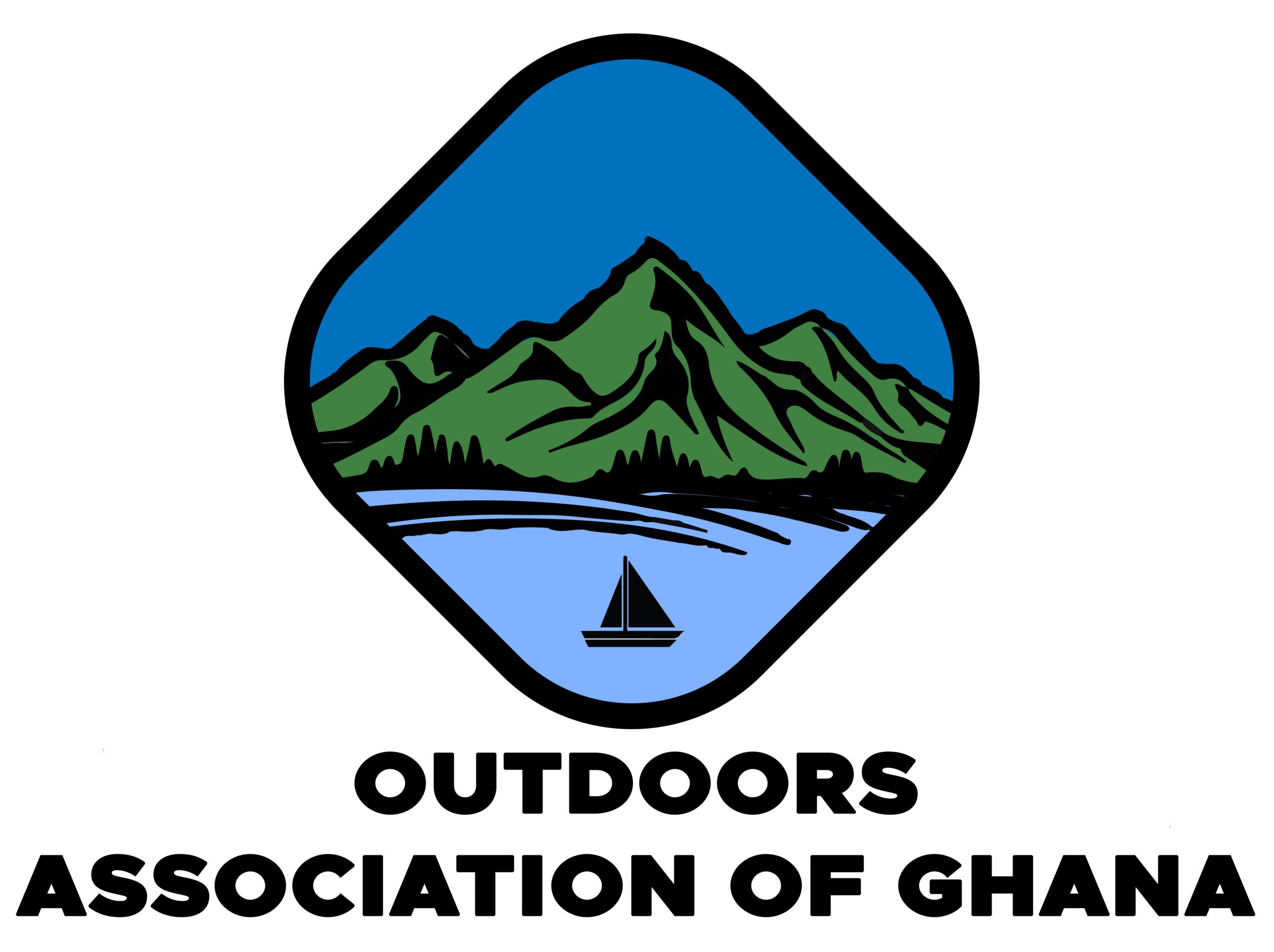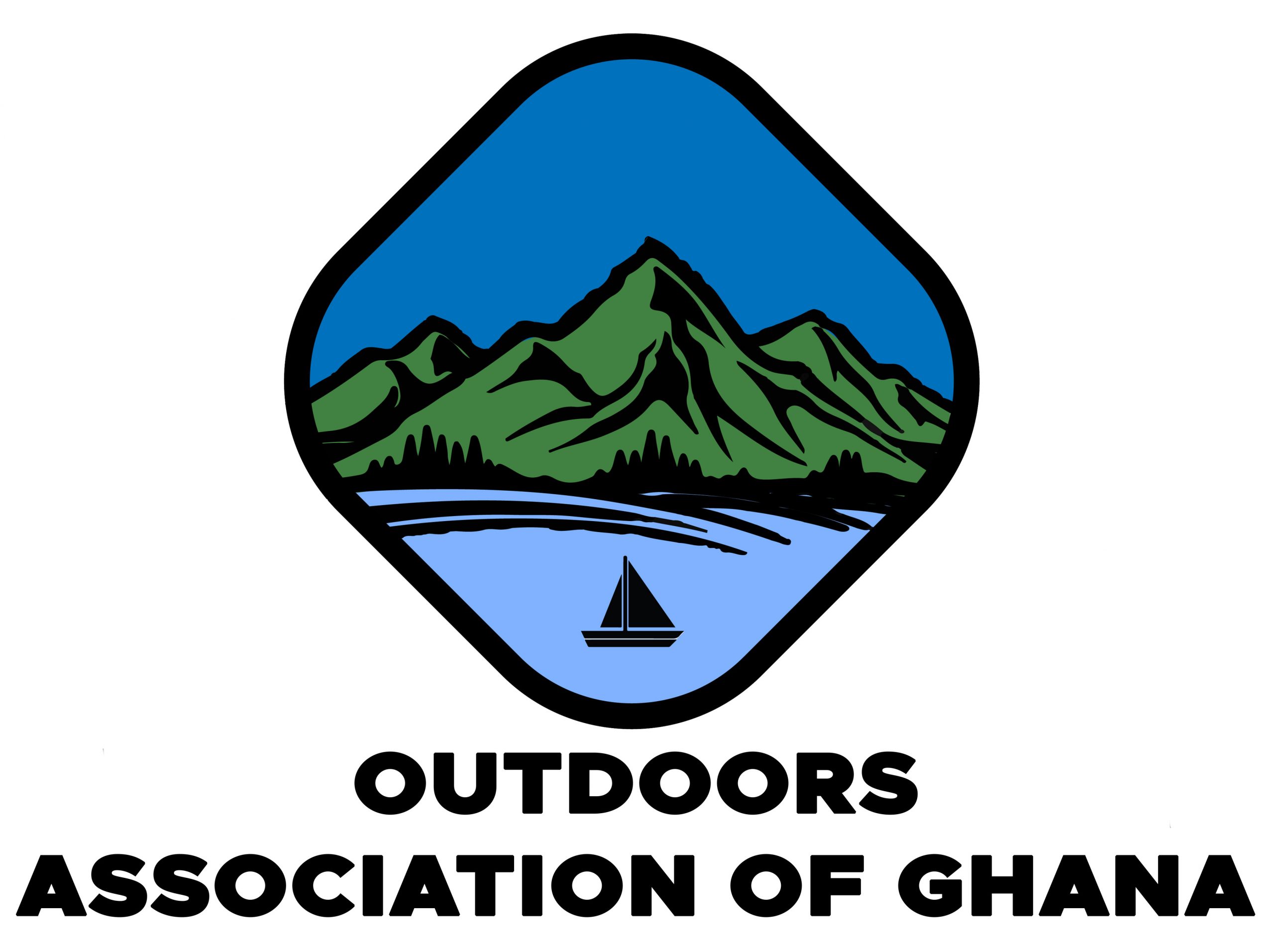Open Water Kayaking
Assessment Overview: The OAG Open Water Kayaking Adventure Certification Courses (OWK401 to OWK405) teach and evaluate a participant’s ability to perform all of the skills listed along with demonstrating the required level of knowledge. The courses provide the participant with the opportunity to receive documentation or prove that the required level of kayaking and open water adventure abilities have been achieved.
Essential Eligibility Criteria (EEC): Open Water Kayaking courses in particular are open to all individuals who acknowledge the ability to satisfy the following essential eligibility criteria:
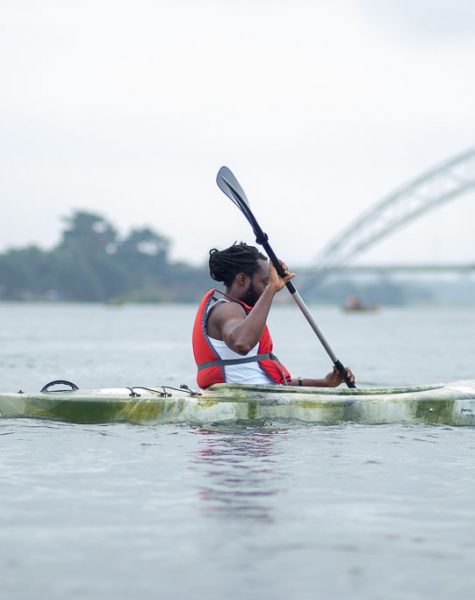
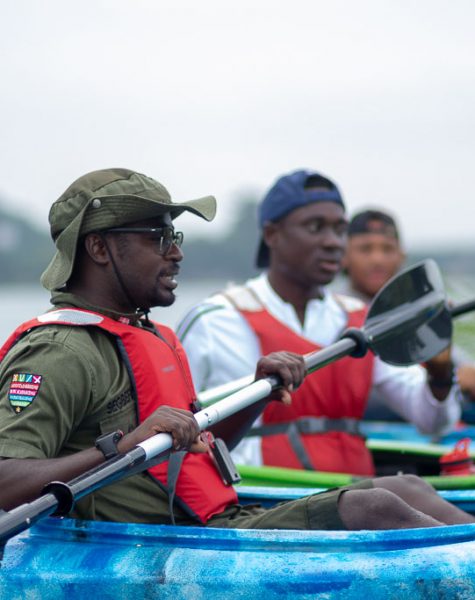
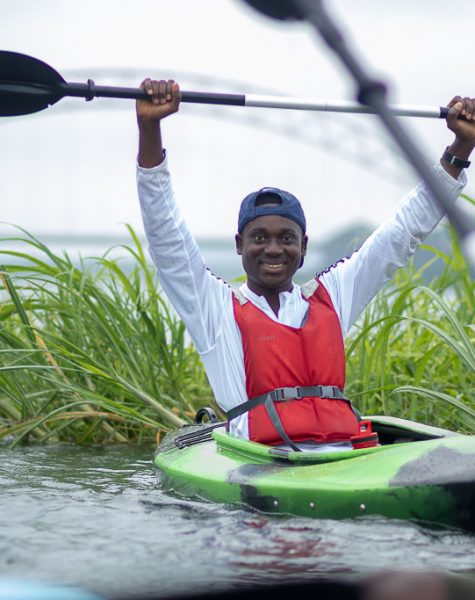
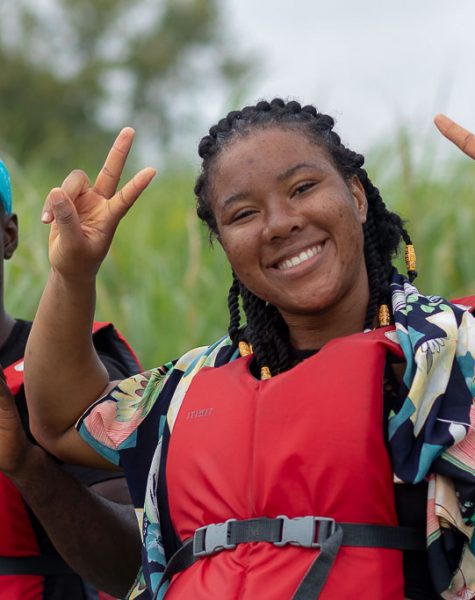
Course Content
- Introduction, Expectations, & Logistics:
- Welcome, introductions, paperwork
- Student & instructor course expectations and limitations
- Course itinerary & site logistics
- Review waiver, assumption of risk, challenge by choice, medical disclosure
- About the OAG
- PFD policy (always wear on water)
- Appropriate personal behaviour
- No alcohol / substance abuse
- Proper etiquette on & off the water
- Respect private property
- Practice Leave No Trace ethics
The Paddling Environment:
- Wind
- Waves
- Weather
- Water
Personal Preparation:
- Personal ability
- Swimming ability
- Water comfort & confidence
- Fitness, conditioning, and warm up
- Safe paddle and boat handling
- Safety and rescue considerations
- Personal equipment (reviewed by Instructor)
- In addition to learning hard skills, the importance of developing personal judgment and group responsibility increases on more difficult paddling venues.
Getting Started:
- Warm-up and stretching
- How to pick up a kayak safely
- Car topping: loading and unloading, racks, straps
- Launching and landing
- Boarding, three points of contact, weight kept low, etc.
- Posture, safety, comfort, effectiveness, rocking, balance
- Water comfort and confidence
- How to empty a kayak
- Basic Terminology
- Types of strokes: power, turning
- Stroke components: catch, propulsion, recovery (CPR), control, correction
- Safe and effective body usage
Equipment:
- Life Jackets (PFDs): types, fit
- Kayaks: types, materials, parts (including safety features such as flotation)
- Paddles: types, materials, parts, length, blade size & shape, hand position.
- Spray skirts: types and material
- Care of equipment
- Personal equipment: water, food, shoes, hat, sunscreen, bug repellent, sun glasses, eyeglass straps, protective clothing for heat or cold, sponge, bailer/pump, whistle, knife, light
- Optional equipment and outfitting
Safety & Rescue:
- Exercising judgment, safety as a state of mind.
- Principles of Rescue
- Priorities: first people, then boats, finally other gear
- Responsibilities of the victim
- Responsibilities of the rescuers
- Responsibilities of the group
- Types of Rescue
- Self-Rescue
- Boat assisted rescue, towing or bulldozing a tired swimmer, towing or bulldozing a capsized boat
- Shoreline Rescue: Extension rescues, use of throw ropes/bags
Manoeuvres:
- J-lean / Heeling the boat
- Paddling in a reasonably straight line.
- Spins
- Stopping
- Ferries
- Eddy Turns
- Peel Outs
- Moving Abeam
Strokes:
- Forward
- Back (stopping)
- Draw
- Sculling draw
- Sweep (including Stern Draw)
- Reverse Sweep
- Rudder
Low Brace Rescues:
- Self-Rescue
- Swimming in current
- Boat Emptying
- Assisted Rescue
- From shore
- Extension
- Rescue ropes
- From boat
- Bulldozing
- Towing
Conclusion & Wrap Up:
- Group debrief / Individual feedback
- Course limitations
- Importance of First Aid & CPR
- Importance of additional instruction, practice, experience
- Importance of appropriate level of safety & rescue training
- Demo advanced manoeuvres
- Life sport / Paddling options
- Handouts / Reference materials
- OAG Membership forms
- Course evaluation
- Participation cards
The Open Water Kayaking Adventure Certification Course costs 1,000-GHC and covers transportation to the training locations, food, water, training fees and use of group gear and equipment.
Candidates are expected to pack the following in order to survive the training:
- A 40-litre backpack
- A 10-litre day pack
- 1 good outdoor tent
- A pair of good hiking boots
- Outdoor walking sandals
- A cap or hat
- 3 water bottles
- 3 sets of outdoor clothing
- 1 sleeping bag or thick blanket
- 1 sleeping mat
- Wash kit – small towel, sponge and soap
- 1 bowl for meals
- A can of insect repellent
- A box of matchsticks
- Rain coat
- 1 machete
- Hiking poles
- A compass
Participants must be able to perform all strokes, manoeuvres, rescues, and skills in the appropriate venue and for their corresponding Adventure Guiding certification. In addition the participant must demonstrate the appropriate level of knowledge for the skill assessment level.
